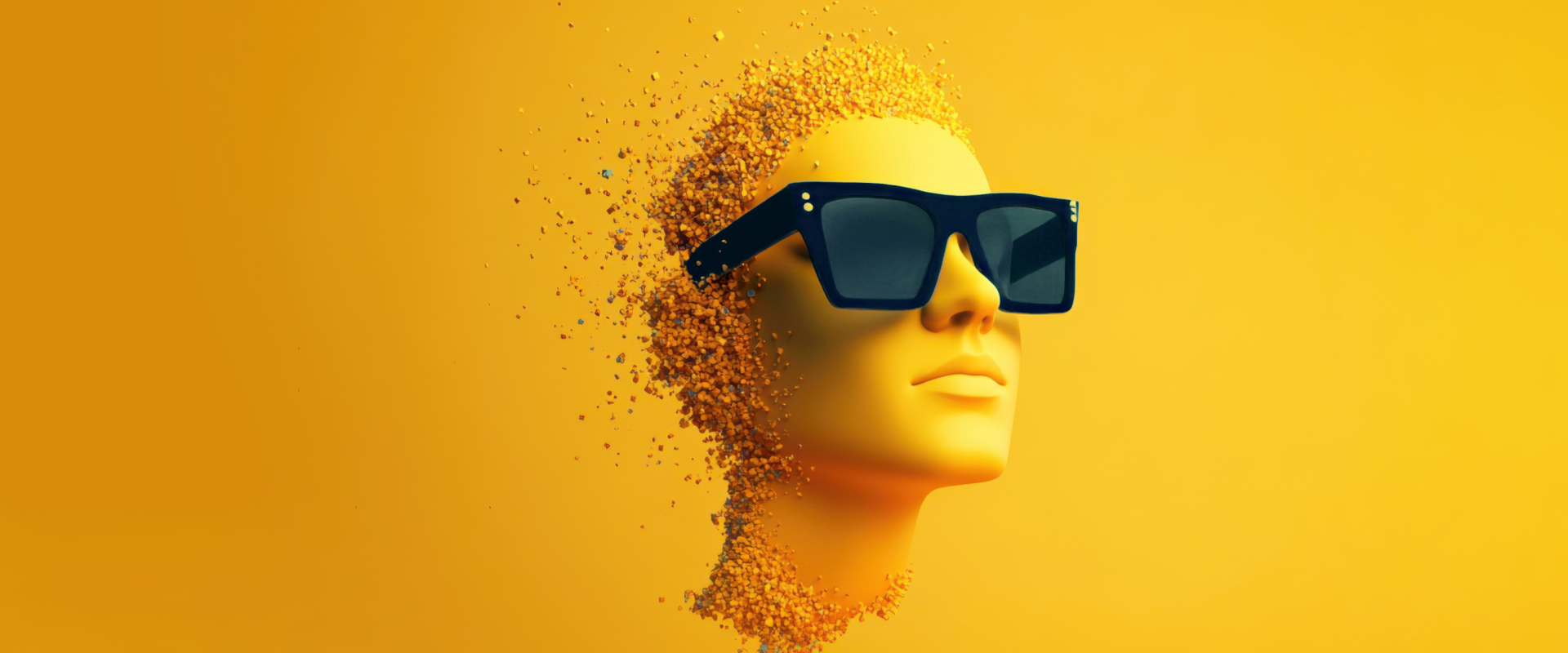The beauty industry is continually evolving, and in 2024, digital marketing and web design are at the forefront of this transformation. As more consumers turn to online platforms for their beauty needs, brands must innovate and adapt to stay competitive. Let’s dive in:
Top Beauty Market Trends
-
Interactive and Immersive Experiences
As technology advances, consumers expect more interactive and immersive online experiences. Augmented reality (AR) and virtual reality (VR) are becoming essential tools in the beauty industry. These technologies allow beauty shoppers to virtually try on makeup, experiment with different hairstyles, and see how skin care products affect their skin tones in real-time.
-
Personalized User Journeys
Personalization is key in 2024. Consumers want tailored experiences that cater to their individual preferences and needs. Advanced analytics and AI-driven tools enable brands to offer personalized product recommendations, content, and marketing messages.

We’ve had the pleasure of partnering with our friends at Moroccanoil and helped create a personalized hair quiz. This interactive feature allows users to answer a series of questions about their hair type, concerns, and goals. Based on their responses, the quiz provides customized product recommendations tailored to their specific needs. This not only enhances the user experience but also increases customer satisfaction and loyalty by ensuring they receive products that are best suited for their unique hair care needs.
- Seamless Mobile Experience
With a significant portion of beauty retail happening on mobile devices, a seamless mobile experience is crucial. Responsive design, fast load times, and mobile-optimized features are essential for keeping users engaged and satisfied.
-
Influencer Integration
Influencer marketing remains a powerful strategy in the beauty industry. Integrating influencer content into your website can boost credibility and engagement. Embedding social media feeds, influencer testimonials, and user-generated content can create a more authentic and relatable brand image.

A prime example of effective influencer marketing is Tarte, a brand renowned for creating extravagant trips for influencers with hotel rooms full of free products. From Dubai to Bora Bora, Tarte has become known for these elaborate marketing techniques, effectively boosting their brand’s visibility and credibility. These influencer experiences are often shared widely across social media platforms, generating significant buzz and engagement. Check out the section on their website dedicated to user-generated content.
-
AI and Chatbots
AI and chatbots are revolutionizing customer service in the beauty industry. These tools provide instant assistance, answer queries, and offer product recommendations, enhancing the overall user experience.
-
Sustainable and Ethical Beauty
Sustainability isn’t just a trend—it’s a vital and ongoing commitment that beauty brands are increasingly embracing. Consumers are more concerned than ever with sustainability and ethical practices. Highlighting your brand’s commitment to these values through transparent messaging and eco-friendly web design elements can attract a conscientious audience.

Last year the clean beauty brand Tower 28 committed to transitioning its packaging to at least 50% post-consumer recycled (PCR) plastic. Every year on Earth Day the brand pledges to donate to support ocean conservation through their partnership with the environmental nonprofit Heal the Bay, dedicated to cleaning and maintaining the Los Angeles waters.
Conclusion:
The beauty industry leads the way in digital marketing, a critical factor for success in this rapidly evolving field. Staying ahead of these trends is essential. Discover our services and explore our portfolio at Big Drop for more information.
